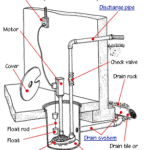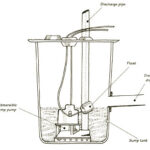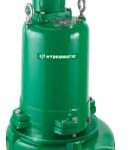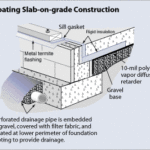Expert advice on sump pumps and controlling moisture in the home, basement, and crawl spaces, with sump pump buying guide, installation and maintenance tips.
In an ideal world, our houses are designed to keep us high and dry—well away from the damaging effects of ground water. But life isn’t always ideal. Flooding caused by severe climate conditions is becoming more the norm than the
exception. And even in regions where flooding doesn’t occur, houses are often sited in a manner that does not protect their crawlspaces and basements from becoming flooded.
When the ground becomes saturated, water flows across the surface toward any low spot. As ground water pressure builds, it is forced toward the paths of least resistance. If the water finds cracks and fissures in your home’s foundation walls or basement floors, it easily seeps in to fill your basement.
A good sump pump system is a necessity where flooding can occur. A sump pump, which is powered by electricity, automatically pumps out any water that begins to collect in the basement or other low areas. Many types are manufactured, including models that are intended to be fully submerged or that have backup power systems in the event of a power failure.
This section of HomeTips will help you make informed choices about sump pumps. In addition, you will find information that will guide you through keeping your home dry and comfortable year-round.
Also See:
• Sump Pumps Buying Guide
• What Is a Sump System?
• Basement & Crawl Space Moisture Control
• Install or Replace A Sump Pump


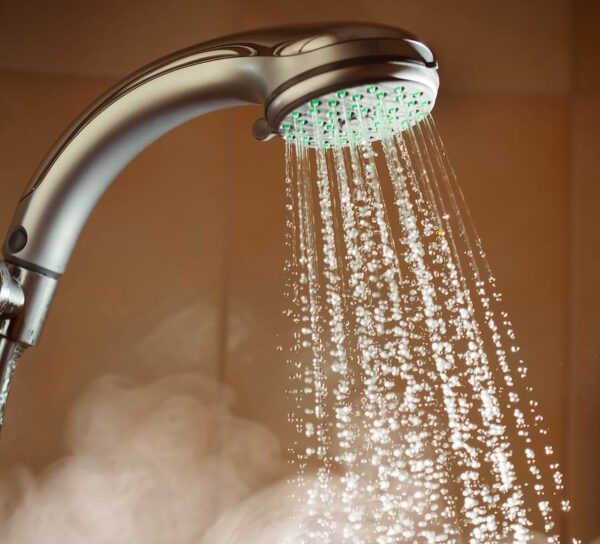



 Don Vandervort writes or edits every article at HomeTips. Don has:
Don Vandervort writes or edits every article at HomeTips. Don has:
